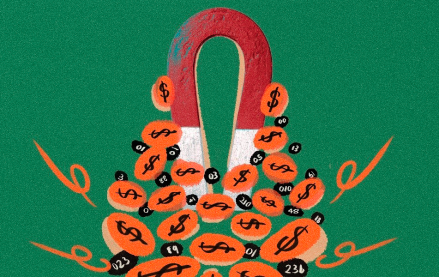Publishers look to audience extension for 20 percent of their 2015 revenue

After years on the short end of the programmatic stick, it seems publishers are using their own first-party data to use automated advertising to their advantage.
Audience extension — the practice of targeting ads to a publication’s readers after they’ve left its site — this year gained a stronger foothold among for publishers looking to fulfill the volume of impressions demanded by advertisers, according to a new study.
The annual survey, conducted by Audience Accelerator and fielded by Digiday, surveyed 228 high-level digital media and marketing professionals to find out how they were meeting advertiser demand. This year, 58 percent of publishers said they are using audience extension to serve ads to readers beyond its own pages. That is a significant uptick from the 38 percent recorded over the same sample last year.
In fact, 36 percent of those publishers reported that they plan for it to account for between 11 and 20 percent of their advertising revenue over the next 12 months, per the survey.
Also noteworthy, publishers are turning to DMPs and DSPs as partners in the practice. This suggests they’re relying on their own data more often than in the past, when ad networks were the partner of choice.
“The unique value a publisher brings to an audience extension program is their first party data, said Jinenne Sutherland, director of Rocket Fuel’s Audience Accelerator group. “Strategically leveraging that data across owned and operated sites in conjunction an audience extension program creates advertising programs an advertiser can’t find anywhere else.”
Primarily, publishers are employing audience extension to deliver a volume of impressions they would not have been able to reach on their own. Of publishers using audience extension, 67 percent said the practice has allowed them to do just that.
Ad position: web_incontent_pos1
Additionally, about 73 percent said they include audience extension on client proposals when advertisers are demanding more reach than they can deliver through their site. That’s 55 percent higher than 2013.
Survey numbers suggest that this adoption has something to do with a deeper understanding of the process. Publishers are 23 percent more likely to say they are “very familiar” with audience extension than they were last year.
In fact, whereas many publishers were still asking for an explanation of audience extension in 2013, this year they began sending out RFPs to find the best partner, a process that typically takes three to four months.
Other findings:
- According to the publishers surveyed, half of media buyers and brands said they’ll spend more with those offering audience extension tools.
- When asked about audience extension platform shortcomings, publishers cited the need for better reporting tools and more transparency.
For a more in-depth examination of how publishers are incorporating audience extension into their programmatic strategies, download the full report.
More from Digiday
Sliders test article
Amazon bulldozes into new markets, upending the status quo and challenging rivals. Today, it’s the turn of the ad-supported streaming world, and Amazon is coming out of the gate strong. Why, you ask? Because Amazon is serving marketers an opportunity beginning today to reach a whopping 115 million monthly viewers in the U.S. alone, courtesy […]

How CTV and DOOH are growing this political season for smaller agencies
Connected TV and digital out-of-home are playing a bigger role in upcoming elections and politics – especially for smaller agencies looking to place clients’ dollars.

CMO Strategies: Advertisers identify the top attributes on ad-supported streaming platforms
This is the third installment in Digiday’s multi-part series covering the top ad-supported streaming services and part of Digiday’s CMO Strategies series. In this report, we examine which ad attributes matter the most to marketers on streaming platforms.
Ad position: web_bfu